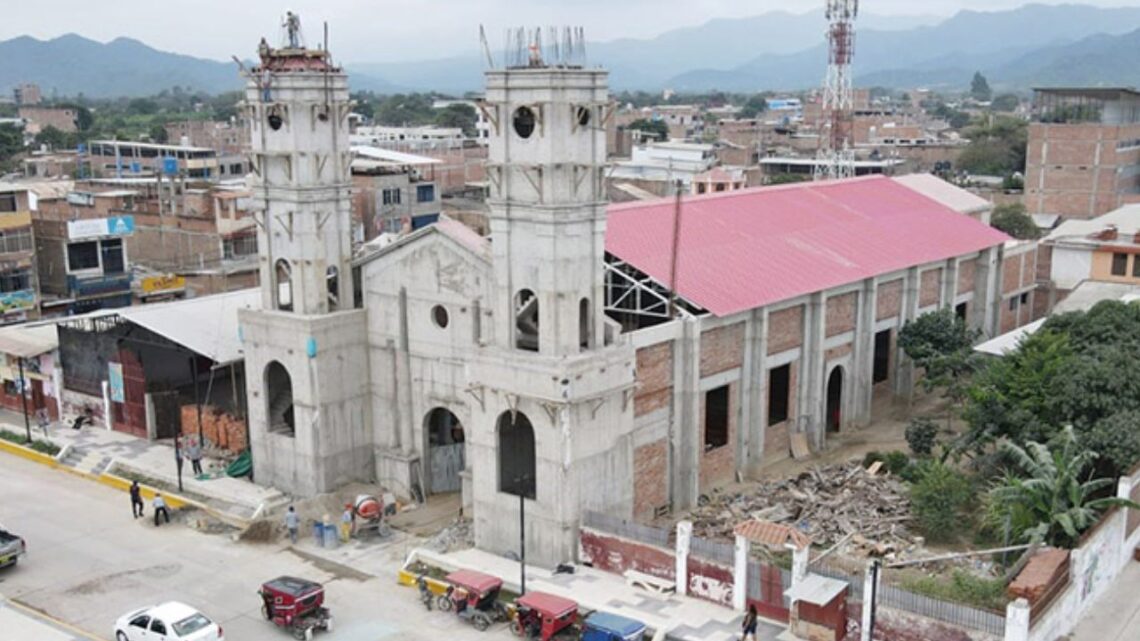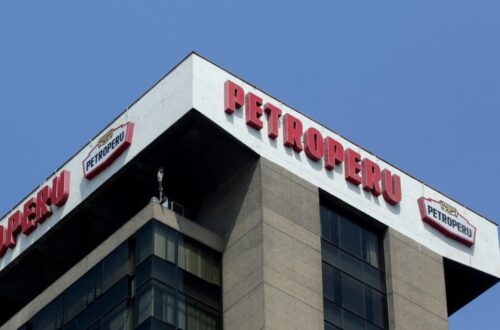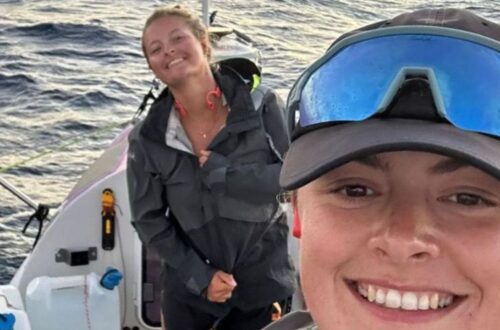Imagine a church collapsing in the middle of a busy parish, leaving people with no proper place to worship. That was the reality in Olmos, Peru, when heavy rains destroyed the historic Santo Domingo de Guzmán church.
But thanks to a generous fund from Chicago’s archdiocese, the church rose again. This story shows how faith, help from overseas, and a strong community can rebuild hope — and stones.
The Collapse and Delay in Rebuilding
What happened to Santo Domingo de Guzmán?
On Palm Sunday 2017, heavy rains caused the parish church of Santo Domingo de Guzmán in Olmos, Peru (north part of the Diocese of Chiclayo) to collapse. The damage was serious. Parishioners had to gather in temporary worship sites while they planned reconstruction.
Why was the rebuilding so late?
- The church needed about $450,000 to rebuild. By early 2022, nearly five years later, they still needed $100,000.
- Inflation in Peru made materials and labor more expensive.
- The COVID-19 pandemic also caused delays in fundraising and logistics.
So even though people had the will to rebuild, timing and finances held them back.
How Chicago’s Archdiocese Helped
The idea of a legacy grant
In early 2022, Cardinal Cupich encouraged the bishop of Chiclayo to apply for a legacy grant from Chicago’s Global Mission Office. This fund was created from bequests left to support mission work — and it is separate from national church aid.
According to Megan Mio, the executive director of the missions office:
- Legacy grants are for special projects outside the U.S.
- Applicants must already have some link to the Archdiocese of Chicago.
- The funding must directly help reduce suffering, meet basic needs, or support church ministry (evangelization, pastoral work).
- The project should be sustainable, not depending on ongoing support from Chicago.
Why Santo Domingo de Guzmán qualified
- Pope Leo (then Bishop Robert Prevost of Chiclayo) had a personal connection to Chicago. He was raised there and belonged to the Midwest Augustinians.
- The parish was ministering outside the U.S., and its mission was directly aligned with basic human and spiritual needs.
Chicago’s archdiocese had already used legacy grants to support similar projects:
- Building a school in Haiti
- Educating seminarians who will return to their homelands to serve
Over the past ten years, the legacy grant program has distributed more than $2 million to 24 different projects.
The Rebirth: Church Rebuilt
The result
Now, the Santo Domingo de Guzmán Church is fully reconstructed. The new building is beautifully done — reminiscent of the main cathedral in Chiclayo. It now serves a huge parish area, covering 165 small towns besides Olmos.
Voices from the community
- Janinna Sesa Córdova, former director of Caritas Chiclayo, described the church as “very beautiful” in an online interview for La Hora Católica (Chicago).
- Father Melchor Pérez Cabrera, the current pastor, said the collapse was painful. Many people felt hopeless and cried. Now that the church stands tall again, the faithful are returning, worshiping under a roof of their own.
Summary
| Issue | Details |
|---|---|
| Collapse date | Palm Sunday, 2017 |
| Reconstruction cost | Approx. $450,000 |
| Shortfall in 2022 | $100,000 |
| Grant source | Chicago Archdiocese’s Legacy Grants Fund |
| Conditions for grant | Must benefit human need, be sustainable, linked to Chicago |
| Project outcome | Church rebuilt, serving 165 towns |
Why This Story Matters
In a world where local communities often struggle alone, this story shows global solidarity at work. A parish in Peru got support from a diocese in Chicago not because of politics, but because of shared faith and a mission to help.
It underlines the power of connection, compassion, and planning. And it shows that when people believe — and when help comes — even collapsed walls can be raised again.
This rebuilding of Santo Domingo de Guzmán church is more than just bricks and mortar. It is a story of faith restored, community healed, and hope renewed. The Archdiocese of Chicago’s legacy grant made possible what seemed impossible: giving the people of Olmos a sacred place to gather again.
The project also sets an example: when communities link hands across continents, they can bring real change. May this story inspire more support, more generosity, and more rebuilding — both of churches and of lives.









